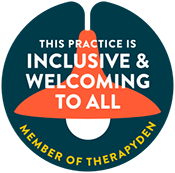Burnout does not just happen overnight as it builds quietly, layer by layer, until even small tasks start to feel impossible. You might notice that your energy is gone, your focus is scattered, and the things that once excited you now feel like chores. It is more than just being tired; it is emotional, mental, and physical depletion that no weekend off can fix. But here is the good news: recovery is possible, and it starts with giving yourself permission to slow down and rebuild.
This guide is your roadmap out of burnout- not a quick fix, but a sustainable plan to help you heal, reset, and reconnect with yourself. You will learn how to identify what is draining your energy, create boundaries that protect your well-being, and reintroduce rest and joy into your daily routine. Whether you are just starting to recognize the signs or you have been running on empty for months, this plan will help you find your way back to balance, one intentional step at a time.


















